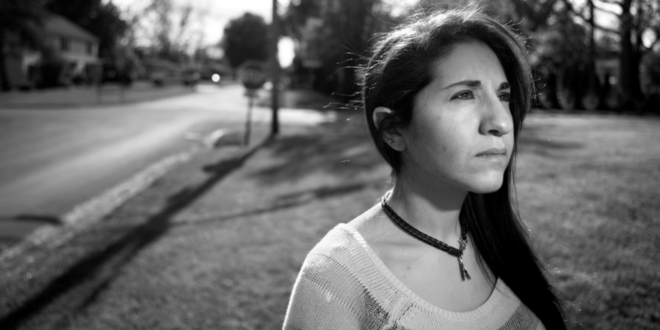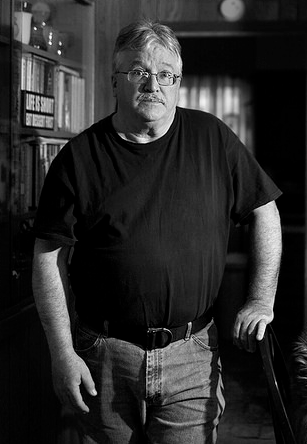Five residents reflect on training, share what motivated them to attend
Out of 400 applications, the Syracuse Police Department chose 40 participants to attend the January 2017 Civilian Police Academy. Participants included local attorneys, pastors, former Army/Navy personnel, teachers and social workers, two members of the Citizen Review Board, one firefighter, local activists and those curious to learn what it takes to be a cop.
Tim Boehlert
“I think what we’ve seen in the national media has been very disheartening because I respect law enforcement, and I think it’s an extremely hard job. Knowing what I know now after putting in almost nine years of doing some of what they are expected to do, I’m a lot more empathetic to them. I think a lot of what I’ve seen, the way I’ve interpreted it has just been bad journalism, wrong journalism, and journalism for the sake of creating a revenue in some way.”
Why he went
As a security officer at a hospital, Boehlert spent almost nine years encountering some of the same people police run into in their work. During his detail, Boehlert often dealt with people “on the edge” as a result of mental health issues, recreational drugs, or other events that resulted in their trip to the psychiatric department in the hospital where Boehlert worked.
Boehlert has been kicked, punched, spit on and stabbed, but he said he was never equipped with the tools necessary to deal with uncontrollable people or dangerous situations — tools that all police officers acquire in their own training. He attended the academy to learn how police deal with those types of situations and handle the immediacy of a threat. Boehlert feels police officers often get a bad rap in the media; he said he wanted to learn enough to correct some of the nonsense he sees about cops as a result of “bad journalism.”
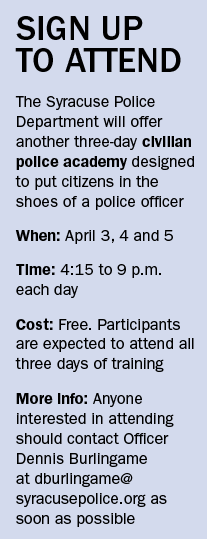 What he gained
What he gained
Boehlert saw the Civilian Academy as a great attempt by the police department to reach out to the community. He says police are often misunderstood because people don’t know the laws governing what cops do or appreciate the pressure they’re under making split-second decisions. “To me, going to the academy was eye-opening in many aspects because I had no idea what the laws were, what the rules are that they follow. As a civilian you don’t necessarily act or think on those premises, and they do.”
Boehlert feels the event provided an opportunity for police officers to show that they have more in common with the community than some may think.
“They have families, they are people, they are not robots and they have standards that they are held to,” Boehlert said. Boehlert thought the event helped alleviate some community members’ hostility through discussions and insights into the difficulty of the job. “They (cops) don’t have the choice that you and I do to walk away and say, ‘Well, maybe the police will show up,’ ‘Maybe somebody will stop it.’”
The civilian academy moved Boehlert to write a 40-page reflection discussing his experiences from the event and some of the case law governing how police operate.
What was missing?
Boehlert wishes the academy was more in-depth, but he understands the time and financial constraints involved. And he said more opportunities for group work would have allowed more discussion and insight into differing points of views.
Jerome Griffin
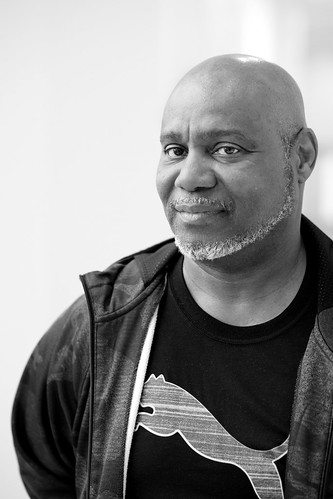 “If I was stopped by a cop, my first image was, ‘I’m in trouble. I’m black, I’m older, I’m not going to get a fair shake,’ and I didn’t get that image from these guys (SPD). I saw people. I saw guys with families. I saw guys who put their pants on one leg at a time as I did. It’s just they have a job to do.”
“If I was stopped by a cop, my first image was, ‘I’m in trouble. I’m black, I’m older, I’m not going to get a fair shake,’ and I didn’t get that image from these guys (SPD). I saw people. I saw guys with families. I saw guys who put their pants on one leg at a time as I did. It’s just they have a job to do.”
Why he went
Griffin went to school in the Bronx in the 1970s, when he said tensions between police and the community were even worse than they are now. “You couldn’t distinguish between the cops and the criminals, really,” he said. Griffin’s opinions of police changed when he moved.
“Coming to Syracuse, the police wasn’t just beating on you just to beat you. When you called 911, someone did respond. A public servant wasn’t someone you had to pay to help you.”
He attended out of pure curiosity about how the SPD operates.
What he gained
For Griffin, the academy helped to humanize the cops, since he saw the officers there as people, not just guys in blue suits.
“I saw very courageous people who did not only their job, but they have to go home at night. They punch a clock and I never really had that image before.”
The academy also gave him confidence to know people are out there protecting the streets where his grandchildren and family members walk every day. He knows his family can count on an SPD officer, Griffin said. For him, the academy shows that the SPD is extending an olive branch to the community. “They’re trying to work with people, and that’s a big thing.”
What was missing
For Griffin, the only thing missing is follow-up from the event from both sides, to keep closing the gap, to keep building on what was presented. He said he suspects that would build trust and help officers do their job a lot better.
Nicolina Trifunovski
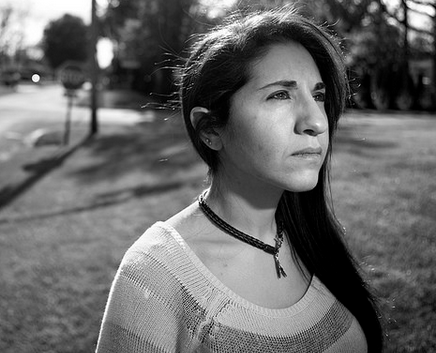 “You have the police and then you have the community. Both sides want the other side to see where they’re coming from, but it’s almost like this: It’s like everybody’s saying, ‘Let’s have a conversation,’ but … you basically fall in line with where I stand.”
“You have the police and then you have the community. Both sides want the other side to see where they’re coming from, but it’s almost like this: It’s like everybody’s saying, ‘Let’s have a conversation,’ but … you basically fall in line with where I stand.”
Why she went
Trifunovski wants to be a part of the group that brings the conversation between police and community to the table.
“I can’t seem to get people who are very hard-lined on one side or the other to understand the other side so it’s basically you’re either ‘A’ or you’re ‘B.’ Nobody wants to see that there’s another option and that we can all come together and find common ground.”
Trifunovski has tried to empathize with both the police force and the local community. While she respects the job of a police officer, Trifunovski said there are conflicts that haven’t been resolved.
“The issue is that the good cops are good, but they’re also standing up for or protecting bad ones,” Trifunovski said. She has had experiences where law enforcement officers have been disrespectful to her. On the other side, though, Trifunovski feels there is also no budging from the community and it is often difficult to even talk to some community groups that are unapproachable.
 What she gained
What she gained
The academy allowed her to get a deeper understanding of the difficulty level of the job and how complicated the discussion about police and community relations actually is. Trifunovski also felt the civilian academy was a beginning to chip away at an iceberg.
What was missing
Trifunovski left the class with many unanswered questions and said the conversation about why people of one demographic are dying at the hands of police at a greater rate than other demographics was not addressed.
Amalia Skandalis
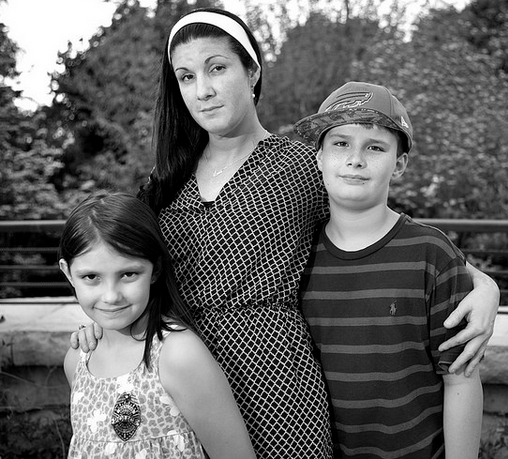 “You need to empathize and see why your community is feeling this way. They’re not feeling this way because of justified moves … when there’s someone with an open-carry permit getting shot in his car in front of his kids, when there’s a guy that was choked to death — with a guy on his neck — saying, ‘I can’t breathe.’ There’s certain things that have happened that have caused a lot of anger in the community.”
“You need to empathize and see why your community is feeling this way. They’re not feeling this way because of justified moves … when there’s someone with an open-carry permit getting shot in his car in front of his kids, when there’s a guy that was choked to death — with a guy on his neck — saying, ‘I can’t breathe.’ There’s certain things that have happened that have caused a lot of anger in the community.”
Why she went
Skandalis is a local activist who has participated in Black Lives Matter events and has advocated for the local school district. She said the police department has been working to engage more with the community, and she attended for an inside look at being an officer.
What was gained
Skandalis said the event was an educational experience; she learned about the laws ruling police use of force, something she said others need to know. She got a better understanding of the need for more legislation.
What was missing
Skandalis feels that the SPD did not really engage about current events and the role of race in police-community interactions. There was no back-and-forth dialogue, and her concerns remain about unjustified deaths due to police brutality.
“That level of the conversation didn’t really get engaged. We didn’t look at the different ones like Alton Sterling or Philando Castile and those types of death.”
Brandiss Pearson
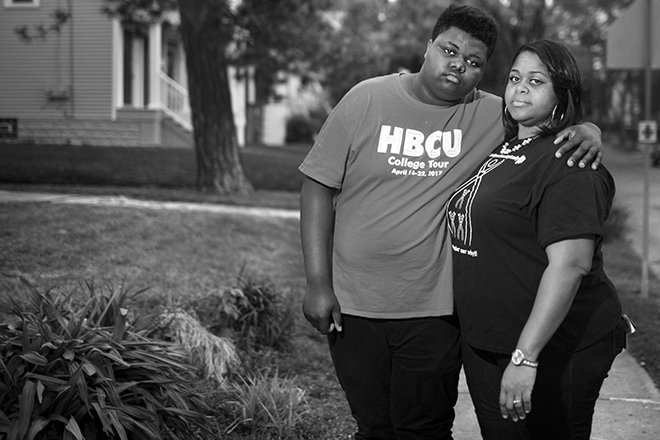 “My son is not an at-risk youth. He has a job, he goes to school every day, but my fear for him is that he will encounter a police officer for something unwarranted and not know how to navigate that situation.”
“My son is not an at-risk youth. He has a job, he goes to school every day, but my fear for him is that he will encounter a police officer for something unwarranted and not know how to navigate that situation.”
Why she went
Pearson, pictured on page 16, is married to a corrections officer, with a 16-year-old son who she said bears a resemblance to Michael Brown, the teen who was slain by a police officer in Ferguson, Missouri. Her husband and son have differing views toward the police.
“I just wanted to be able to go and get an unbiased look at what law enforcement actually has to deal with so I could take it back and help bridge the gap between my son and my husband,” Pearson said. While her husband is supportive of police, her son is intimidated by them.
Pearson has had many positive interactions with her local police force. Her uncle is a retiree of the SPD, and officers have often positively engaged with her other teenage son, who has Down syndrome.
What she gained
Pearson found the event eye-opening regarding the stress police officers undergo. “They put us in scenarios that were actually rather benign but in real-life could be life-threatening for a police officer,” Pearson said. “It gave us an opportunity to really see how difficult it is for officers to make decisions in the blink of an eye.”
What was missing
Pearson said she wishes the event would have been open to her then 16-year-old son, but SPD said it was for adults only. And she said her anxiety still lingers. Though she wants her son to be able to rely on the police, she fears for him because he is a big man already (6-2, 260) and fits the description of many of the men in high-profile police shootings.
“How do I teach my son who is afraid of his own shadow, still sleeps with his prayer bear he got when he was a baby, how do I teach this kid how to navigate walking to school and fitting the description?”
— Text by Jasmine Gomez, They Wear Blue reporter; Images by Kathleen Flynn, They Wear Blue photographer
 The Stand
The Stand

